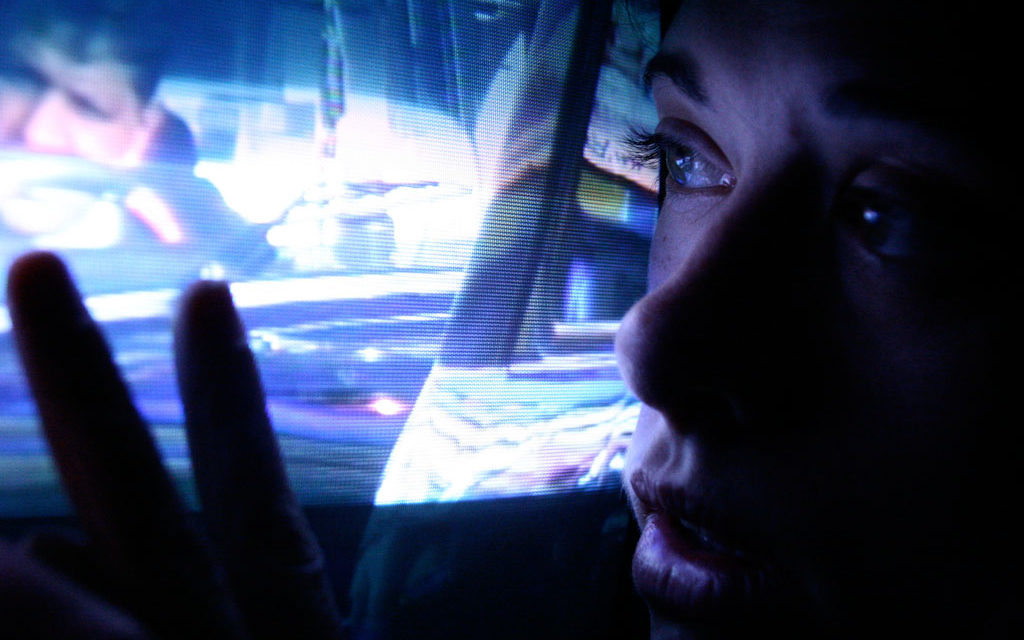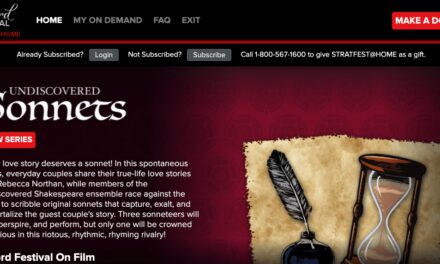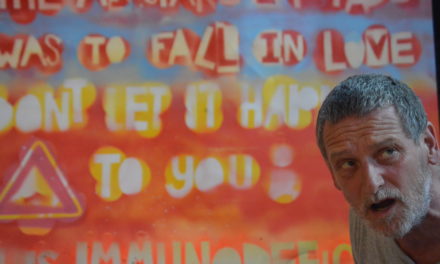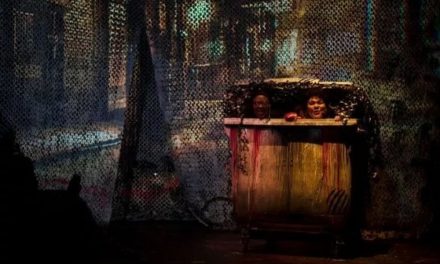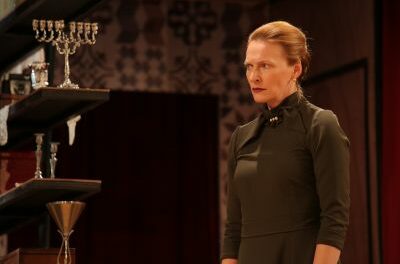A conversation with Katie Day (founder and artistic director of The Other Way Works company) about her latest productions and why is important for her to work with new technology tools.
How do you see as a practitioner what is going to be the relationship of performing arts and data?
We are working more and more with the internet. I have to say when they came up with the idea for the HELLO CULTURE Conference’s prize [a conference about open data and artistic practice related to open data, where Katie Day pitched her project Chronotype, which is an application that helps people to be more aware about their chronotype, whether they are more of a morning person or evening person; Ed.], it took me quite a long time to think about a project that I could be interested in. Chronotype is not really theatre, it is a kind of a slightly performative application, you wear your badge and that creates new ways to start conversations with other people, but that is very a low level, it is not theatrical.
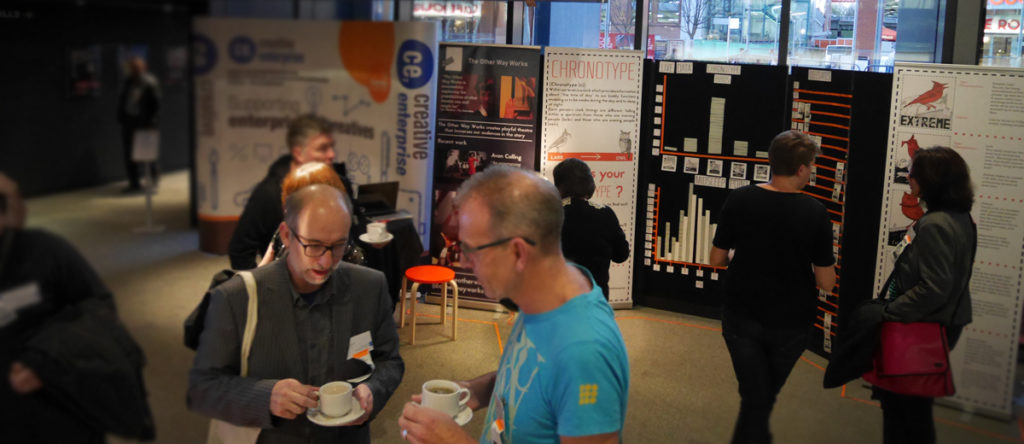
Chronotype, produced by The Other Way Works, Winner of the Hello Culture 2014 Open Data Award. Company photo
But you are also doing a more theatrical project, which makes use of technology.
Yes…we are making this theatre game Agent in the Box, and for that, we are collaborating with John Sear. He is a software developer and game designer and now he makes collaborative games that happen in public spaces, for exp. Renga, played by a hundred people in a cinema set up with laser pointers. We decided to develop together a kind of spy-themed narrative game that is a one-to-one game. We use this phone system, with throw-away mobile phones. All you get are texts and calls through that. So it is a responsive system, driven by the computer and ideally it will be automated. The plan is to integrate the system in Twillio, which is a big VOIP provider, they provide phone systems for big companies. Behind that we need a whole framework too which is analyzing and sending responses in a certain time frame. The whole point is to tell a story where members of the audience can feel that they are active players, and that they can participate. It is fiction that is supposed to happen live as you are creating that exchange. I like to create that sense that the audience is important, even when there are no live performers present.
This is how theatre should be.
Yes, but I feel that this is more extreme. I suppose that the actors can perform also in front of nobody, in a show but in this situation, if you don’t send the message then there is no action – the audience has to take action.
What you just described seems very close to narrative design.
This is why it is great to work with John, as he is very good at understanding the game structure. I’m coming with the story and he knows how this can be told within a game structure. But from a game perspective they still deliver you the same content with an endless amount of variables, so actually it is probably similarly restrictive for the player as it is for theatre audiences. Unless you play it twice, you don’t understand where your actions can have an impact.
Most of the people don’t play it twice. This kind of theatre is about experience design.
I’m a fan of transmedia storytelling, that is why I like site-specific work. I like the idea that you don’t know where the lines are, where the edges of the fiction are. This is how you can challenge people to see how they would act in real life, because they are actually acting it in real life. So with Agent in a Box we are hoping that there will be a moral challenge around it. You will do some work that is not morally right but your boss is telling you that you should, for example to hack peoples’ voice mail, to discredit other people, to build a case that is not true. One can do these things, but then you will look back and you will contemplate how you feel about what you did. I hope it will be a challenge on a deeper level and people will think about their own morality. Essentially I like when the audience is active, and technology can be used in a clever way.
Your next project?
Our idea is to put together a creative network project to build a small network of peers around the EU. We are looking for other companies that are similar to us, that are making interactive theatre by exploring new technologies. Within this we are planning to host each other in practice sharing workshops, to learn about each other’s methodologies, about operating, and about business models. Then we are planning to organize a collaborative summer school with a partner group, for theatre-makers about how they could use new technologies.
How did you start to use new technology in your own work?
For me, this is about magic, about how you make something feel magical. I love the idea when something is happening but you don’t really know how. I also love that sense, when you can make people feel clever. I think magic is a big reason and if we can make that work with an automated system that can scale, that can be really responsive, live, then we could make more impact, by reaching out to more people.
This interview was supported by IETM and originally posted on Zip-Scene.com. Reposted with permission. Read the original article.
This post was written by the author in their personal capacity.The opinions expressed in this article are the author’s own and do not reflect the view of The Theatre Times, their staff or collaborators.
This post was written by Ágnes Bakk.
The views expressed here belong to the author and do not necessarily reflect our views and opinions.

